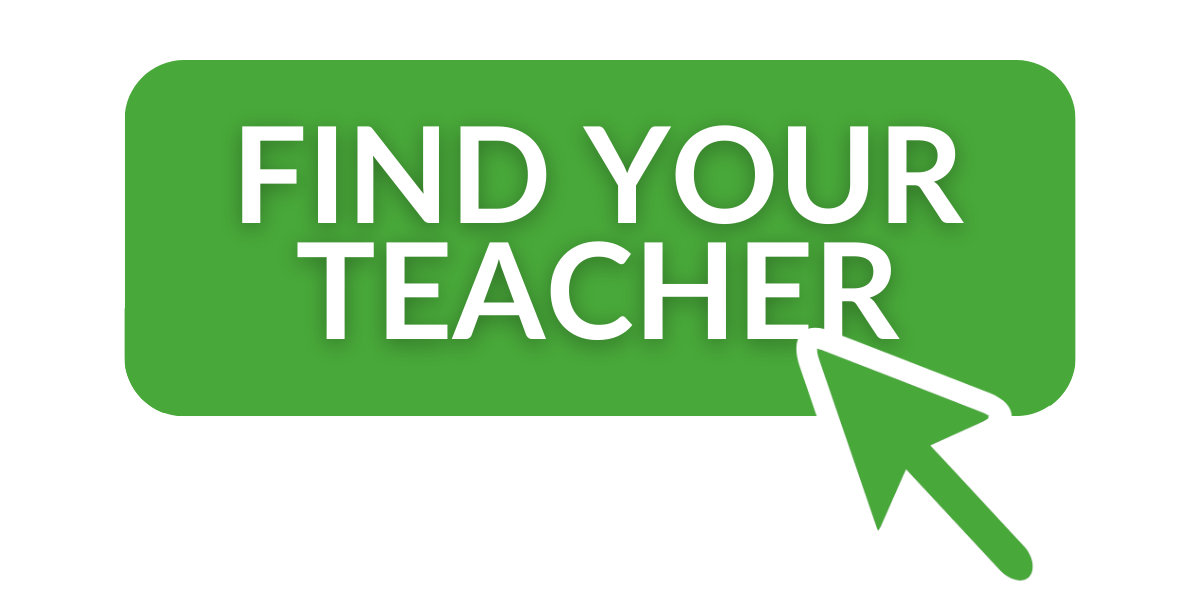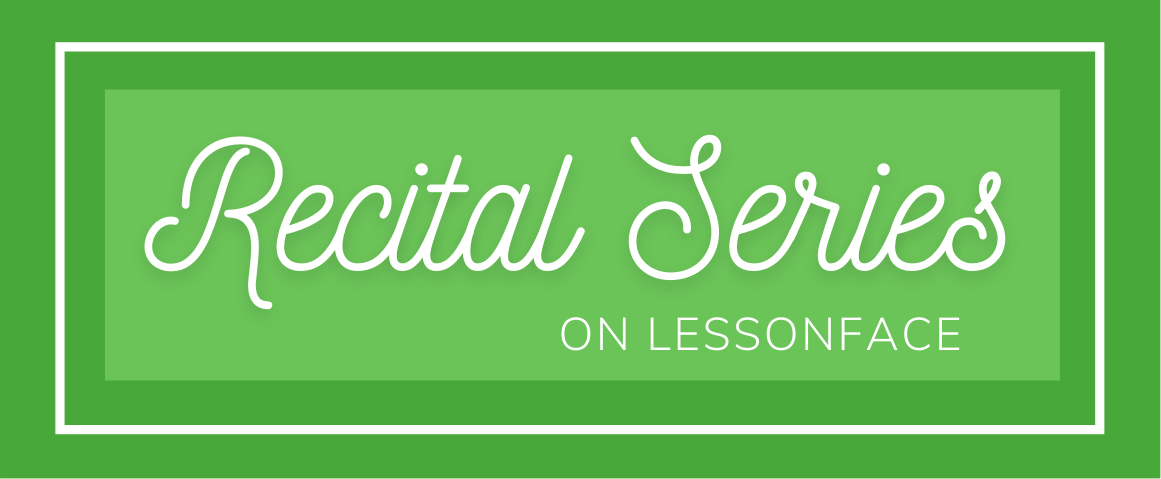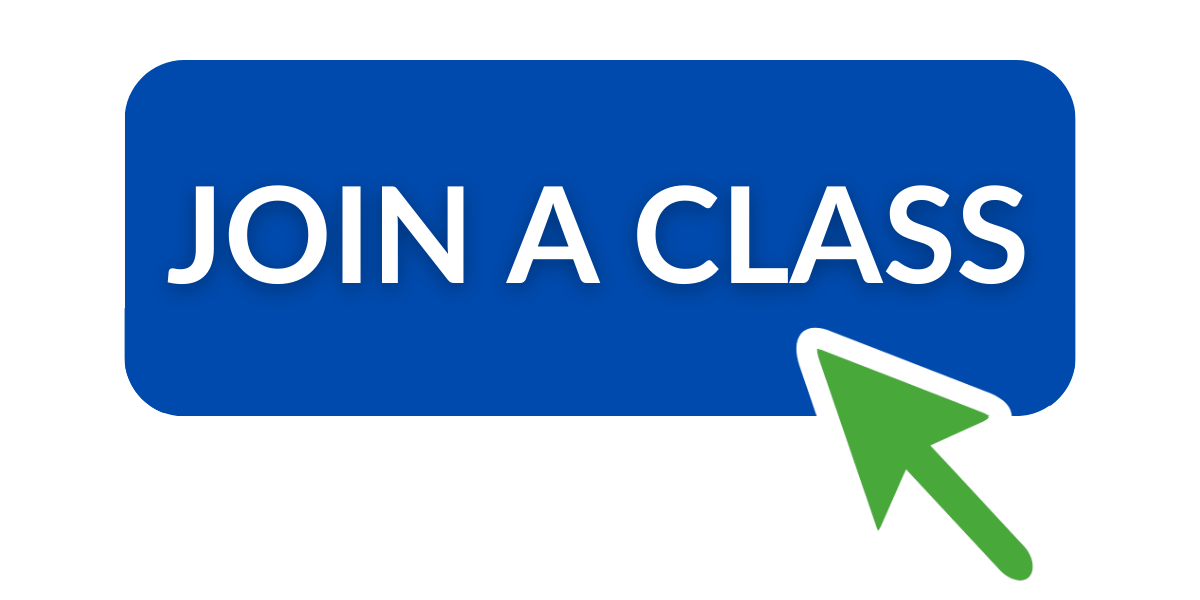NOTE: Although I'm writing this post about guitar, you can take any of the things I say here as applicable to any instrument with both strings and frets, such as bass guitar, banjo, ukulele, mandolin, etc. Just insert the name of your own fretted and stringed instrument wherever you see the word "guitar". Violins, violas, cellos and the like do not fit into this category since they don't have frets.
In the music world, guitarists are somewhat notorious for not being able to read music in standard notation.
However, this does not mean guitarists are lazy by any stretch. In fact, the guitar is one of the most difficult instruments to learn to read notation for in the music world. There are three main reasons for this:
1. The unique nature of guitars and their note setup,
2. The extreme learning curve of standard notation when it's applied to the guitar
3. The easy learning curve of chord grids and guitar tablature
First off, the unique nature of stringed and fretted instruments make note identification more difficult:
•While most other instruments have only one option per note, there are usually numerous duplications for the same note all over the guitar neck, so you could potentially choose any one of several options anytime a note is required. For example, there is only one middle C on the piano, while the guitar has 5 middle C's, all different versions of the same unison note on different strings.
•This also means that if you want to learn the notes on the guitar, you have to learn them repeatedly in multiple positions and areas along the neck.
•As a result, there are usually several different ways one can play any melody or chord on the guitar, and guitarists often disagree about what are the best ways to play the same melody or chord on the guitar neck.
•On most other instruments, knowing the notes and where to play them are a technical requirement before you can even begin to play any chords, melodies, or scales. But the only skills guitarists really require to play these things are to learn the visual patterns for them and have enough hand strength and dexterity to play them, so guitarists usually stay by learning visual finger patterns and templates, and not the notes that the chords and scales are built with. Whether you learn the notes from the beginning or later on your playing, it's still a bonus skill.
•On most other instruments, moving any chord, scale, or melody up or down in pitch requires a completely different hand and finger pattern. But on guitar, you just apply whatever movable template you need and slide it up and down along the neck without having to change the finger pattern you're using.
•The nature of the guitar fretboard makes it easy to memorize the lower sounding root notes as reference points, so a guitarist only needs to apply whatever chord or scale template pattern they need onto these roots.
•Because of all the above, many famous guitarists throughout history never learned to read guitar but had successful music careers anyway. More more at this, watch my video titled "Famous Guitarists Who Can't Read Music."
https://m.youtube.com/watch?v=rZbkY_RRL2A
Next, the nature of standard notation makes things even more difficult for guitarists to read music:
•Because there are numerous duplications for the same notes all over the guitar neck, there are usually several different ways of playing any melody or chord that is written in standard notation. Reading standard notation has a much harder learning curve on guitar than most other instruments. As a result, it's easy for a guitarist to become overwhelmed by not knowing which of several more interpretations to choose from, or to end up painting themselves into a corner with their note choices.
•Guitarists usually can't read the standard notation of most other instruments, especially piano, and require their own specialized version of guitar notation.
•Well written guitar notation has specialized guitar markings to tell you which position, string, and finger to play each note on as a courtesy, but if it doesn't, you have to basically just figure it out yourself using deductive reasoning. If you realize later in the music that you made a bad choice, you have to go back and figure it out all over again in a different position.
•You CAN get good at reading less specialized, more generic standard notation on guitar, but it takes a long time and a lot of hard work because of all the different positions, possibilities, and interpretations you have to be familiar with.
•Because guitarists don't really HAVE to learn to read music to play well, most guitarists have to force themselves to learn to read through their own efforts and willpower because they WANT to, not because they HAVE to like with most other instruments.
And finally, the easier learning curve of guitar chord grids and tablature pretty much incentivizes NOT having to learn standard notation:
•Guitar chord grids and tablature notation are designed for and exclusive to guitar. In fact, any chord grids and tablature only work on their corresponding stringed and fretted instruments- they don't work for any other instruments. In other words, guitar tab only works for guitar, ukulele tab only works for ukulele, and banjo tab only works for banjo.
•Tablature and chord grids are completely visually based, show you where to put your fingers and which strings to pick in what order, and they have a super easy learning curve. You can learn the basics of chord grids tablature in one sitting, and they're often taught within the first few guitar lessons a student takes to get them playing quickly.
•Nowadays there is so much more support for tablature on guitar then there used to be pre-internet, so learning to read standard notation is not even as desired as it used to be - thousands of guitar tablature scores are available for free online and crowd-sourced, while many standard notation scores are behind paywalls.
•Since guitar tablature and chord grids are way easier to learn and read than standard notation and are usually free, can you see why most guitarists wouldn't even bother? It's a path of least resistance thing, and many guitarists feel tablature is much more detailed and effective than standard notation anyway.
•And finally, I feel that the ability to read standard notation is a much more practical skill for professional guitarists to have, but it's a bit of impractical overkill for the weekend warrior & hobbyist. I only recommend learning to read standard notation if you're on the career track and plan on dry-reading a lot of music charts at gigs. Otherwise, don't torture yourself, and focus on having fun and making music on the guitar! You can always learn to read standard notation later in the game on your own terms after you've been making music for a while.
This last point is only my opinion on the matter, since it's kind of a contentious subject. What are your thoughts on the matter? Should all guitarists learn to read standard notation, or just guitarists with specialized goals and needs? Can a guitarist really reach their full potential if they don't learn to read standard notation, or is tablature and playing by ear enough? Share your opinion below!
Tyson Farmer





Tyson,
As a 30 year guitarist with experience in classical, jazz, and everything in between them, I certainly agree with everything that you have said. In fact, reading music for guitar is so much harder than chords diagrams and tablature that I mostly feel that I'm reverse engineering a way of how to read standard notation music for guitar based on chord knowledge. It also helps that of most of my students so far have some experience with treble clef, but it isn't a deal breaker if they don't.
I am big on my students knowing all of the notes in their chords... I start with diatonic triads in the key of C soon after getting the CAGED forms down. From here, as soon as they know their chord shapes well, we begin looking at where the root, 3rd, and 5th of these chords are in the chord shapes. Around here, I give a crash course on reading notes on the treble clef if it's necessary. Then, when we're reading a piece of music, that's usually when I point out that the melodies often outline chord shapes that they already figured out how to do (I.E. if there is a D and an A, in a phrase of music, you can likely start suspecting that a D shape will likely get you most of the notes you need); scored out chords are easier to figure out when they know how to alphabetically stack a snowman of chord tones.
The last bit I tack on to all of this is learning the individual strings as scales to demystify the fretboard. 0, 2, 4, 5, 7, 9, 11, and 12. Get that pattern, then we learn the order of sharps and how many are in that pattern on every string. G has 1#, D has 2, A has 3, both E's have 4, and B had just 2 notes in the pattern that aren't sharp. Then we play with unison tricks to see if we can play something in a different place... playtime! The coolest thing when all of this knowledge culminates, is when my students don't accept a tablature as the gospel truth of where to finger their music.
That's... kinda my approach these days. It's a work in progress, but it seems to get my students there a whole lot faster than I got there.
Musically,
Robert Parrish